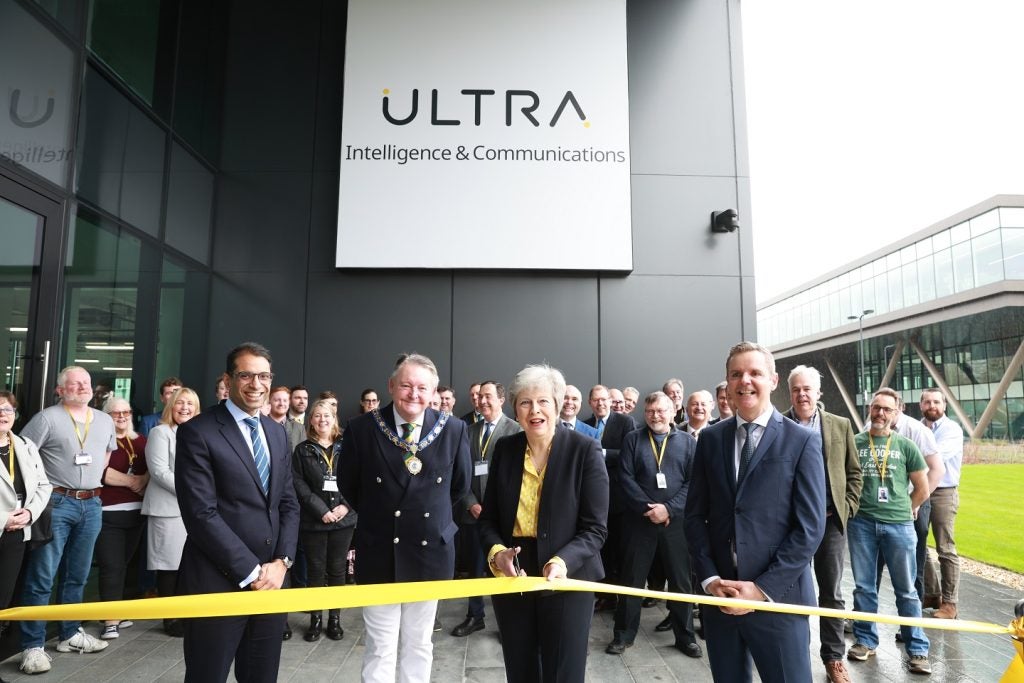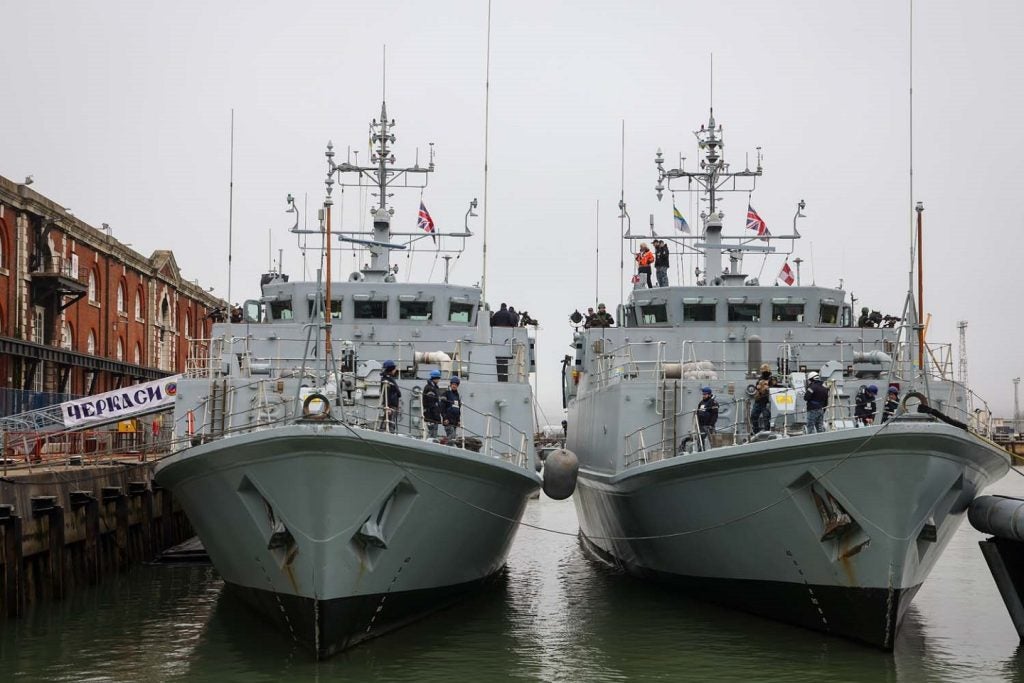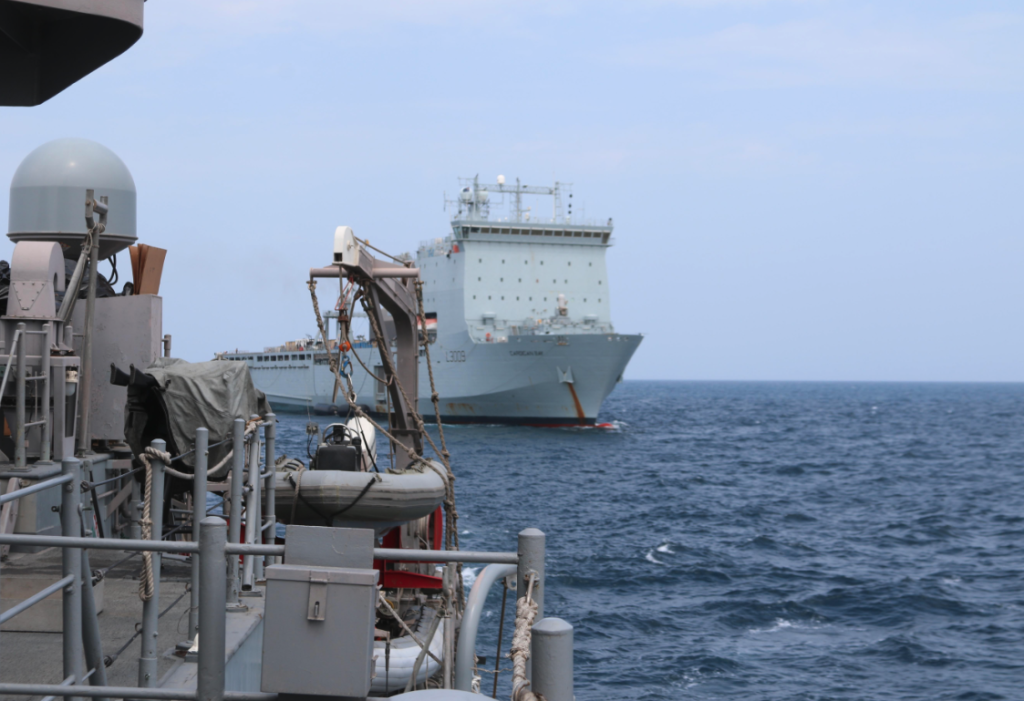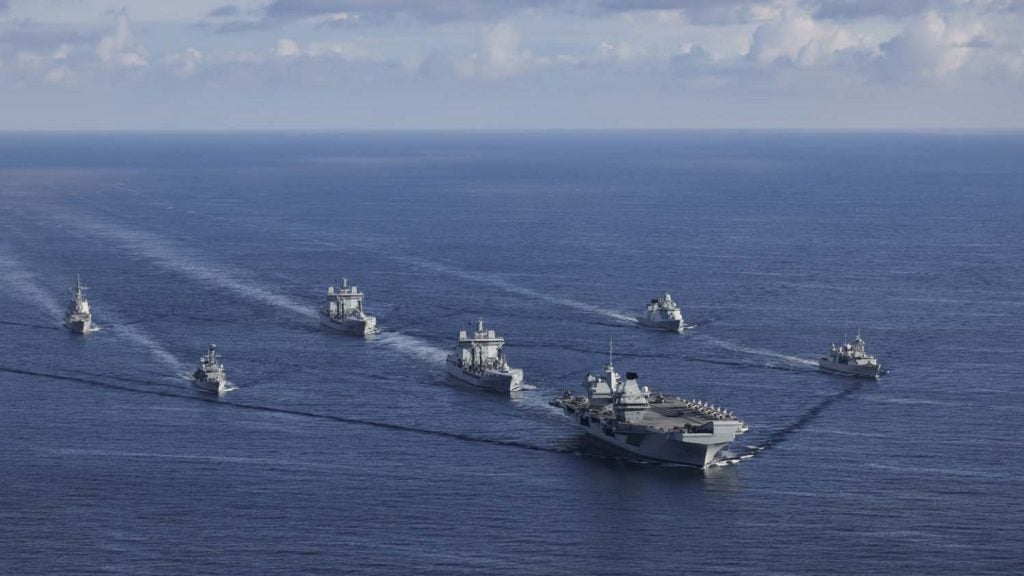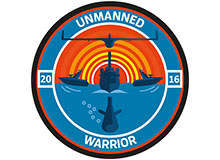

The concept of Unmanned Warrior, a large-scale maritime demonstration to be held off the coast of Scotland in October this year, was conceived two years ago.
In October 2014, the Royal Navy held a maritime autonomous systems conference, at which the then First Sealord Admiral George Zambellas proposed the following challenge to participants: how to demonstrate the capabilities that unmanned and autonomous systems offer as options for credible capability delivery in the maritime domain.
The aim was to engage with a broader section of the technology community, for example by widening out participants beyond traditional defence contractors, and effectively opening up entry to Unmanned Warrior to any company or institution which has a technology that could influence or shape the future capability of unmanned systems in the maritime domain.
The exercise is part of the wider Joint Warrior programme, a UK-led training environment that happens twice a year. The demonstrations will take place in the environment of a more demanding tactical scenario, presenting a greater challenge to participants who up to this point may only have trialled their capabilities in a controlled or regulated setting.
See Also:
We spoke to Royal Navy Fleet Robotics Officer and lead for Unmanned Warrior, Commander Peter Pipkin, to find out more.
How well do you really know your competitors?
Access the most comprehensive Company Profiles on the market, powered by GlobalData. Save hours of research. Gain competitive edge.

Thank you!
Your download email will arrive shortly
Not ready to buy yet? Download a free sample
We are confident about the unique quality of our Company Profiles. However, we want you to make the most beneficial decision for your business, so we offer a free sample that you can download by submitting the below form
By GlobalDataKatie Woodward: How many autonomous or unmanned systems does the Royal Navy currently use?
Commander Peter Pipkin: For example – and we don’t have a huge breadth of these systems to any degree – obviously in theatres like mine counter measures (MCM) we do have some remotely operated vehicles as you can imagine.
You’ve possibly seen that we’ve been operating the ScanEagle system on one of our deployed ships and we’ve got a number of other programmes that are looking at the concept of how unmanned systems and indeed autonomous – and they’re not always the same thing of course – might take future capabilities.
The point of Unmanned Warrior is to try and accelerate some of that understanding.
KW: How important is autonomy for the maritime defence industry?
PP: I think it has the potential [to be very important] – and of course we don’t know yet – and the answer may well be it isn’t as useful as we think. And again that’s one of the purposes of Unmanned Warrior. But I think it has the potential to be quite significant.
My personal view is that we will see more unmanned and autonomous systems coming to defence, as we will see them coming to our everyday lives. But the question that Unmanned Warrior will hopefully be able to answer is to what depth those systems deliver our capability, and how quickly we will start to see them.
I wouldn’t be surprised if one day we look back at around this time in our capability development plan and go, actually there was a step change there as significant as the introduction of aircraft carriers or submarines were in their day.
KW: Are there any particular technologies that you’re looking forward to seeing at Unmanned Warrior?
PP: I’m trying not to second guess what I think the results are going to be. One of the things it’s worth understanding about Unmanned Warrior is again, different to how we would normally engage industry and science and technology, we haven’t set requirements.
We haven’t told them what to demonstrate to us. We have effectively kept it quite open and the question has been: what do you think your systems can do that are a benefit to us?
We’ve done that for two reasons. One is because if we set the list of requirements and challenges with performance metrics then obviously there will be a natural bias to try to meet those requirements. And what that may do is cause us to miss some really important innovations or some really clever ideas, because people are focused on the metrics.
KW: How do you think industry, academia and defence will collaborate to demonstrate capabilities at Unmanned Warrior?
PP: One of our broader aspirations for Unmanned Warrior is just to bring together a much broader community and have that conversation. So there'll be lots of discussions and lots of lessons learned throughout Unmanned Warrior and one of the things that I'd love to see – and I make no pretence that we're on track or it might come to this – [is] the conversation where we have traditional commanders and current operational units for example asking for a task, and then the wider community, whether that's industry or academia, opening our eyes to completely new ways of doing business, or how we might do business in future, in completely different ways.
So we've deliberately tried not to constrain it, which is why I'm trying not to second guess what the output will be.
But again from a personal perspective, I think there are some really interesting technologies and concepts coming along. So [for example] a system of systems where multiple unmanned and autonomous systems act collaboratively, where they're talking to each other.
I think those types of concepts, which we have deliberately asked people to demonstrate if they can, within the realms of what their systems can do, [are] really important as we move forward in the future.
KW: Mine counter measure is an area that the Royal Navy is looking at in terms of unmanned capabilities. What other areas are companies going to demonstrate capabilities in?
PP: We are broadly batched into five themes – MCM, ISTAR [intelligence, surveillance, target acquisition and reconnaissance], ASW [anti-submarine warfare], C2 [command and control], and hydrographic and geo-intelligence collection, which is sort of oceanographic data gathering.
But I would say whilst we have sort of brigaded ourselves under what might be considered traditional warfare themes, such as ISTAR and ASW, that's more for the purposes of planning and delivery.
Again what we're not trying to do is constrain their thinking to that. So a number of systems will actually migrate between multiple themes at different times during the demonstration and the Joint Warrior programme.
Because again, for example, if you take some of the oceanographic data systems, whilst they can collect all the modelling data that supports things like oceanographic mapping and tidal data and all that sort of water quality type metrics, that sort of information could also be used perhaps more tactically for supporting sonar performance prediction or how you would best hunt for, or indeed hide, your own submarines.
KW: What does the Royal Navy hope to achieve from Unmanned Warrior?
PP: The headline is ‘understanding credible capability choices’, and I think our primary aim is to see what people bring to Unmanned Warrior, evolve and develop what we do day by day to get the maximum benefit out of quite a lot of considerable effort going in by a number of parties, and to stimulate the conversation and act as a catalyst for broader discussion about the future of unmanned systems.
Secondly, I think actually we'll deliver a number of other benefits that are equally as important. And the first of this is a different way of us engaging with particularly industry. We've deliberately tried to create a construct that enables small- and medium-sized enterprises to participate, just as much as the larger kinds.
Bringing in academia, such as the National Oceanography Centre, for example is different, and I think we've demonstrated that there are opportunities for better collaborative working, particularly as we move into a world – well we're well into the world now – where more and more technology is driven by other sectors and the commercial market, rather than 50 years ago when it was things like defence and space programmes that were at the forefront.
And while there are still undoubtedly capabilities that are niche to defence and necessarily driven by their requirements, one of the things we'd really like to understand from Unmanned Warrior is how we can better exploit those commercial technological advances without necessarily doing what we've done in the past, which is then take something that's commercially available and add a level of bespoke requirements to it, which turned it into [something else which made it] lose some of the value.
So I think that methodology of engaging with a broader section of the enterprise is something we want to continue in other spheres or perhaps even in the maritime autonomy sphere.
KW: With a name like Unmanned Warrior, is this all about reduced manning?
PP: It definitely isn't about getting rid of people. It's about supporting the people. I am absolutely convinced we will always have a navy with people in, because there are some things that people do really well or that people will always have to do. Making the decisions is one of them. Engaging with other people is another area where absolutely you have to have people.
But what we can do through unmanned systems is being able to minimise putting our people in harm's way or danger where there is a better solution for doing so – you've probably heard the phrase 'dull, dirty, dangerous' before. It's about freeing up their capacity to do the bits that are really important, such as making the important decisions. And, in a world of constrained resources, but also greater autonomy, it's about enabling them to do their job better, particularly in a world that gets ever faster and full of more and more information.
There are undoubtedly systems out there that we can employ to help support our people, predominantly making decisions and having to act in times of considerable stress and pressure, as you can imagine at the high end of defence.



